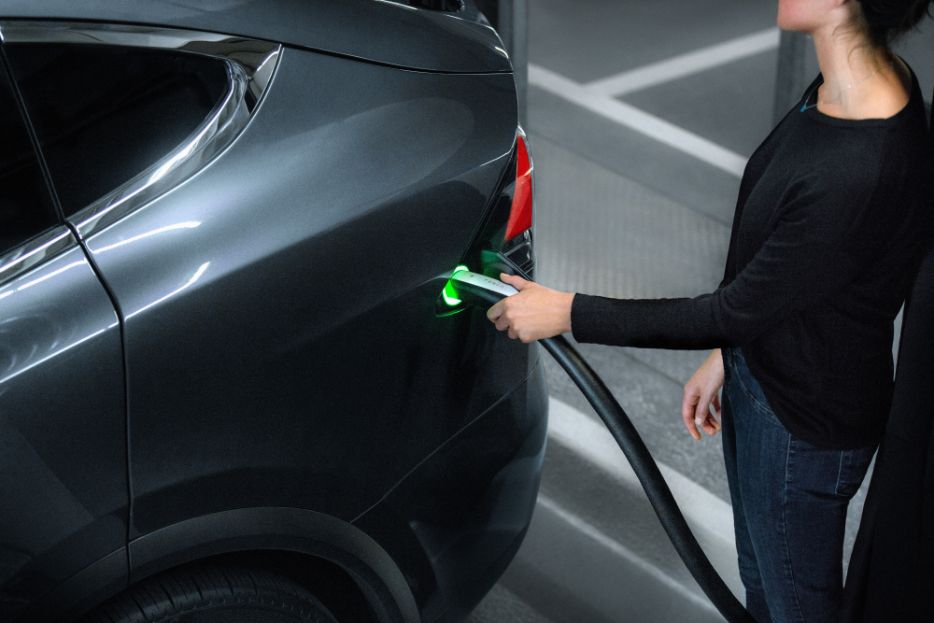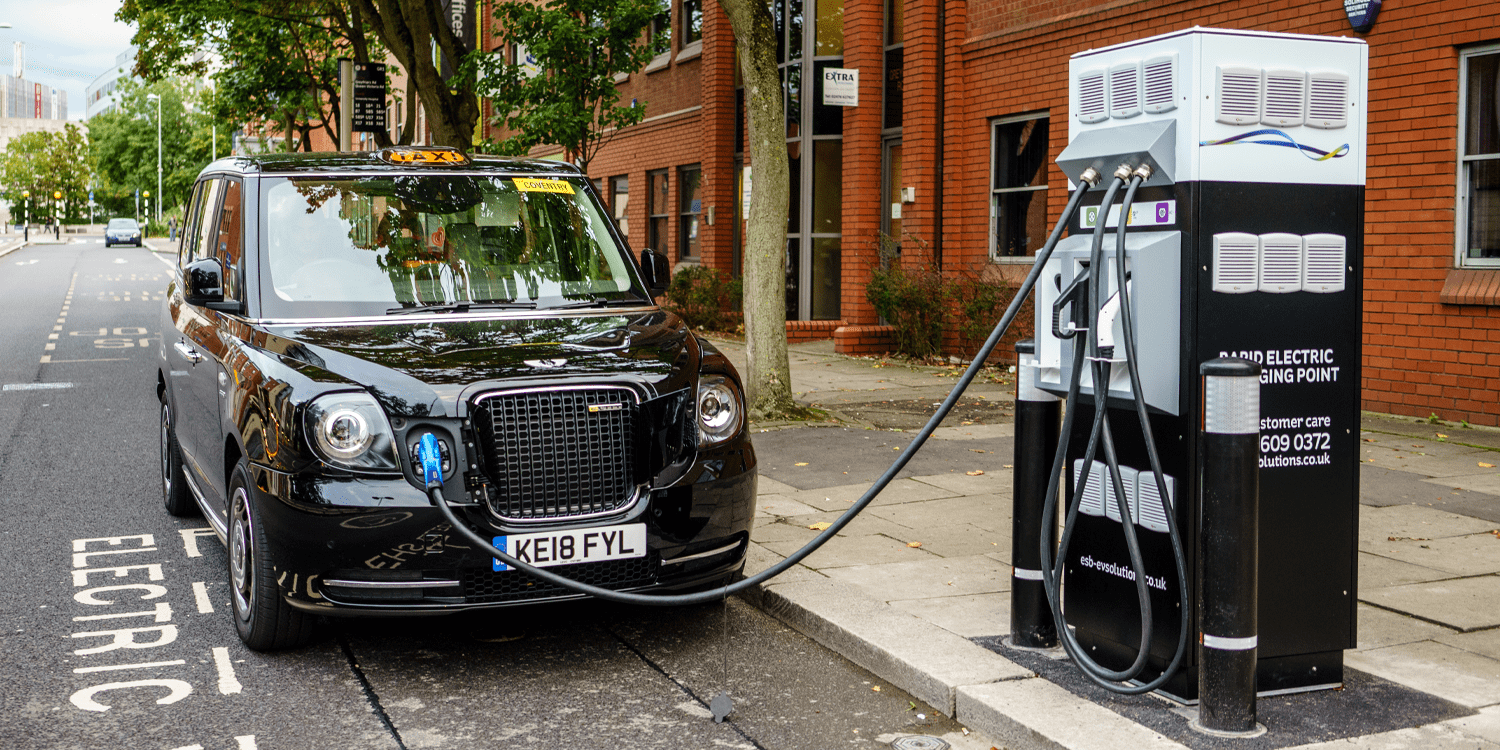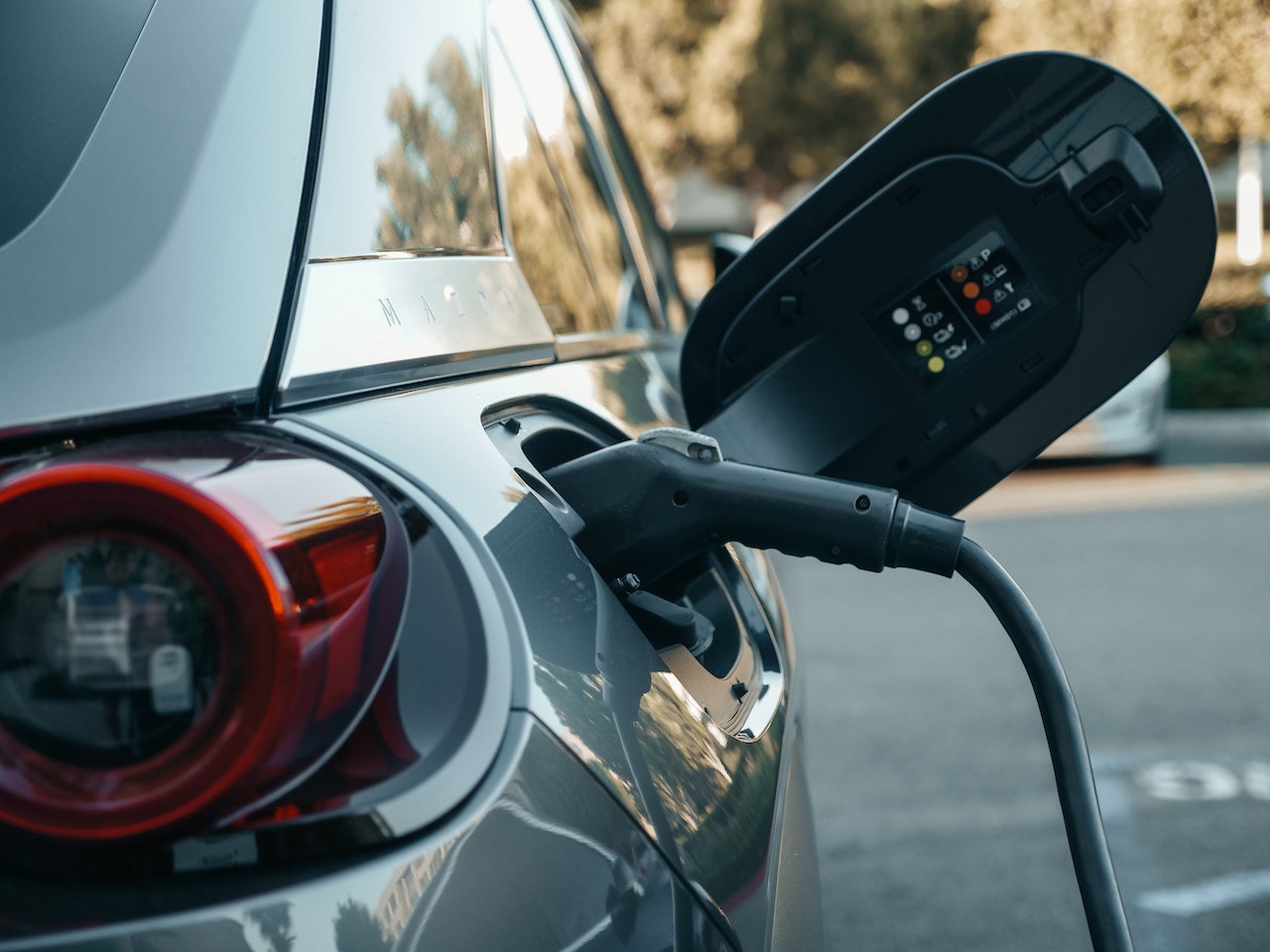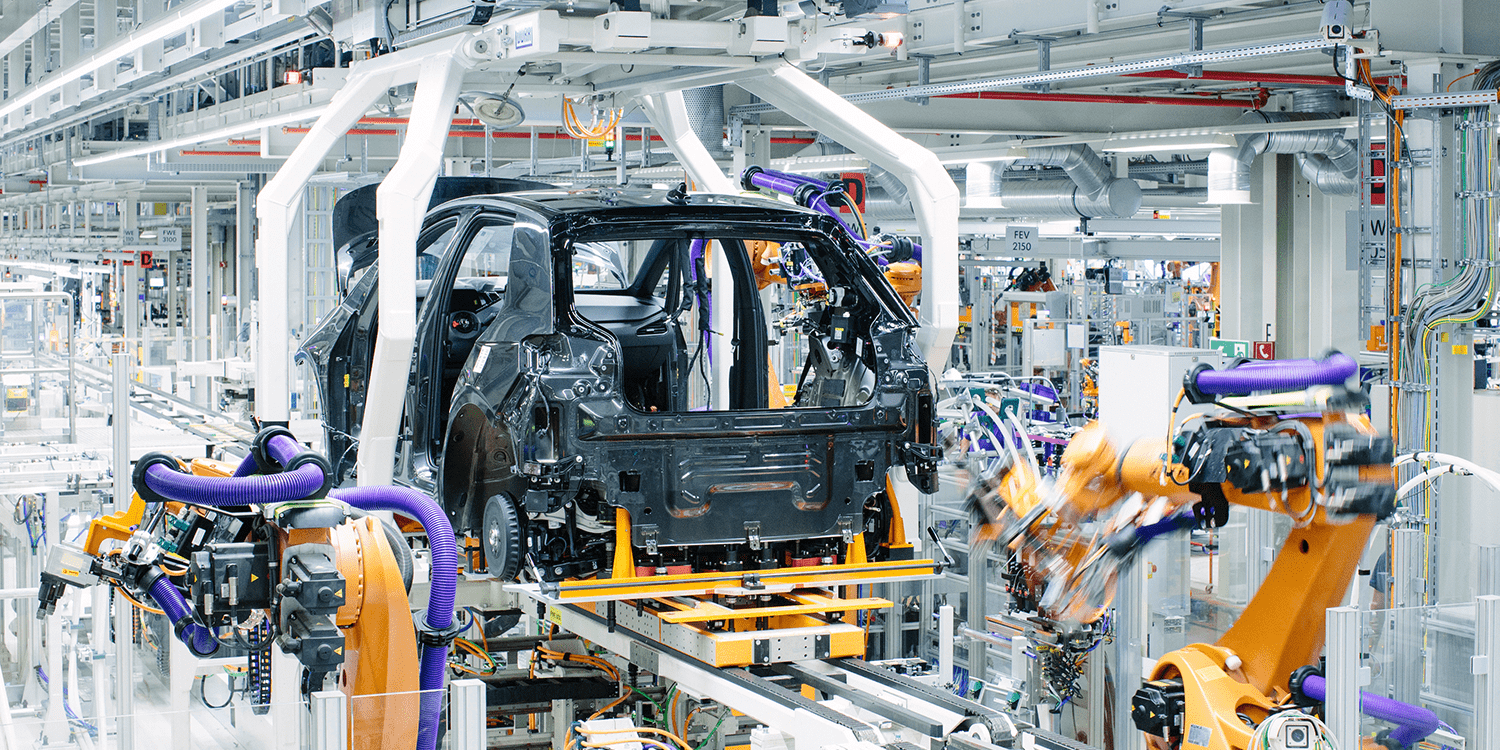The implementation of federal tax incentives in the US has aimed to alleviate the financial burden of purchasing electric vehicles (EVs) while promoting their widespread adoption and bolstering the domestic electric vehicle manufacturing industry. These incentives have effectively lowered the entry cost and overall lifetime expenses associated with EV ownership, extending their reach to even rural areas, such as those in Texas. However, potential buyers often express concerns about the rising costs of recharging electric vehicles, as reported by Electrek.
While these tax incentives have succeeded in driving the adoption of electric vehicles, recent findings indicate that a significant proportion of EV owners—up to 44%—own at least two additional vehicles. This suggests that the current incentives may not be effectively catering to the majority of the US population. To provide context, only around 22% of Americans possess three or more vehicles.
Despite the apparent trend of affluent households owning both EVs and internal combustion engine (ICE) vehicles, the increased adoption of EVs has resulted in a notable reduction in gasoline consumption across the country. Since 2017, overall gasoline usage has declined by 7%, partly attributed to a larger portion of the workforce adopting remote work arrangements.
The data reflecting EV buyers’ continued reliance on traditional ICE vehicles is mirrored in concerns surrounding charging infrastructure expressed by potential EV owners, even though the majority of electric vehicle charging takes place at home. To address these challenges, one proposed solution is to target a broader segment of the population and restrict EV incentives solely to drivers replacing gasoline-powered cars with electric ones.
An alternative approach involves focusing on commercial users and the 10% of drivers responsible for the highest emissions. This strategy has gained traction in Vermont and emphasizes the conversion of gasoline-intensive users, including ride-share companies like Uber, to electric vehicles. Such initiatives could potentially yield significant emission reductions. Nevertheless, it is unlikely that electric vehicles will achieve comparable levels of adoption as seen in certain European countries until collaborative efforts between governments and private entities target a more diverse audience, particularly those who consume the most gasoline.
By continuously evaluating and refining the scope of electric vehicle incentives, policymakers can strike a balance between incentivizing adoption and addressing the evolving needs of the broader population. Achieving a more sustainable transportation landscape requires proactive measures that transcend the limitations of current EV ownership patterns and actively engage both public and private stakeholders.







